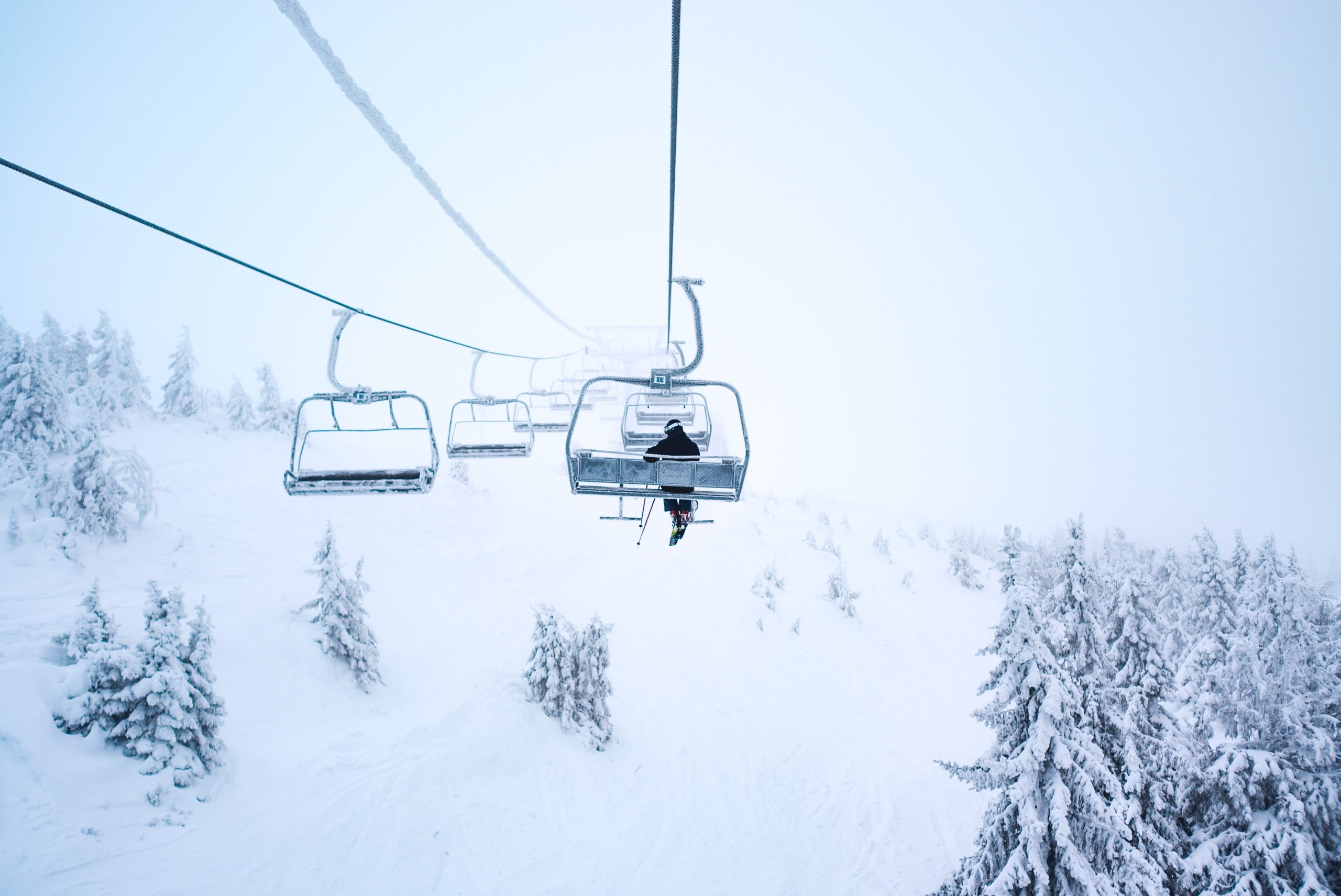
Park City, Utah (October 11, 2022) – Snowsports Industries America (SIA) announces the release of their study on participation in winter sports across the 2020-2021 season, the first in the “post-pandemic” era when the vast majority of health-related mandates were lifted and participants were largely unencumbered by travel restrictions. Providing an in-depth look across all winter snowsports – skiing, snowboarding, cross-country skiing, snowshoeing, sledding, fat biking and touring – the study highlights a general cumulative view of winter sports participation and demographics on an annual basis, in addition to further analyses of individual winter sport activities. Participant demographics, frequency, regional representation, crossover activities, and more are included to provide key insights into the behaviors of winter sports enthusiasts.
This year’s look at the 21-22 season helps tell the story of participation post-pandemic, and provides insight into anticipated demographic shifts. Of particular note, SIA reports, is that total snowsports participation did not significantly differ from 20-21, with only a 0.5% decrease – 24.4M in 21-22 versus 24.6M in 20-21, which is within the margin of error for the study. However, when looked at individually, this figure masks some differences within the individual sports.
Alpine skiing (which includes freeski and telemark) saw a 5% decrease in unique participants, and with skiing making up the largest share of overall participation, trends in this category have a disproportionate impact on the overall trends. To that end, all other sports recorded an increase: cross-country skiing saw an 8% increase, snowshoeing more than 20%, and alpine touring more than 90%. Snowboarding and snowboard touring saw an increase of 3% and 5%, respectively.
The study also highlights that while the number of older participants continues to decline (especially among those 65 and older), the growth in all other age groups under 45 continues to bolster the overall number of participants.
Similar to findings in last year’s report, snowsports are making modest gains in attracting a more diverse audience and more people of color. Overall snowsports diversification saw an increase of 4% and 2% for Black and Hispanic participants, while White, non-Hispanic and Asian/Pacific Islander saw a decrease in number.
“Over the last two years, the pandemic has impacted the winter outdoor enthusiast in such a way that has resulted in newly evolving trends and habits. While COVID accelerated the loss of older participants, it’s heartening to see the resiliency and even growth across winter sports among younger participants,” says Nick Sargent, President of SIA. “Moreover, while there is much room for improvement, several winter sports did see small growth among People of Color. As an industry, we need to double down our focus on welcoming new participants into our sports and increasing our participant base in meaningful ways, while continuing to engage the core.”
SIA members interested in catching the study highlights are welcome to join the Participation Study 2021-2022 overview webinar on October 12, 2022, at 11:00 am MDT. Non-members can choose a membership that is right for them and join the webinar and access the report. The 2021-2022 SIA Participation Report is free to all SIA Members and is available for download in the Member Portal.
One thought on “Snowsports Industries America: Data from 2021-22 Season Suggests That Winter Snowsports Largely Unchanged From During Pandemic”